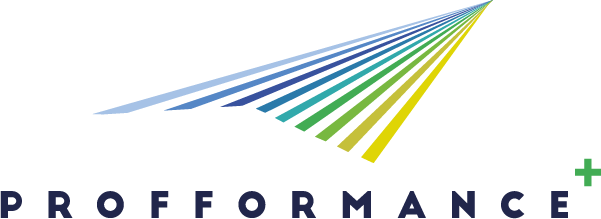eduARdo in ESP classes
The Use of Augmented Reality in ESP clasess for Law Enforcement
- 01 - Education
- Other:
English for Specific Purposes - ESP classes for Law Enforcement
2. Innovative teaching and learning
- Student partnerships/engagement in the teaching and learning practice
- Innovative physical classroom activities
- Other:
Innovative methodology to keeping motivation and attention during in ESP classes Innovative methodology for instructors to implement new good practices in teaching and learning processes
In our classroom research the application of Augmented Reality (AR – named eduARdo) (Czékmán 2017) and the HY-DE model (Dani 2014) are used for assessing and developing the current level of Ss’ law enforcement technical language knowledge and professional (digital) communication of students in ESP classes. They are based on constructive pedagogy and digital education with the main objectives of learning and practising the terminology of the subject matter, supporting the creativity, motivation and creative activity of the participants, through the role of the instructors and improving communication. This contributes to the harmonisation of the constructivist and digital pedagogy, where the participants can create their content independently and develop their creativity, therefore a more successful teaching-learning process can be deployed. Our aim is to create a constructive learning environment where students are ‘active participants’ and not ‘sufferers’ of the lessons, they can work together and help each other, while using a variety of tools and information resources to achieve the learning objectives and problem-solving activities. Computer and mobile-assisted teaching and learning (CMAL) are implemented, where the participants perform various activities and content development, thus developing their digital competence and communication. In this application we focus on good practices maintained by the use of AR in a classroom environment. The good practices of AR focus on measuring content consumption through active and interactive visualisation. The use of AR in education provides students with an experience of flow (Csíkszentmihályi 1997) and constructivist learning environment (Nahalka 1997), where AR is an excellent tool for developing Ss’ problem-solving and spatial orientation skills and the interactivity allows students to experience exploration in the classroom. As a result, producing AR-based content in the target language (images, moving images, labelling 3D models or creating own content) develops the digital competence of the students, and helps them reorganise law enforcement terminology from short-term to long-term memory.
Methodology
Tools, equipment, technology used
Outcomes and outputs, main results
Lessons learnt
Adaptability and sustainability of the best practice (for other institutions)
Promotion of best practice
Scope and impact
- Course/department level
- Faculty level
- Institutional level
6.1 Digitalization
- Innovative, novel methodology in using digital tools/devices in teaching
- Digital skills development and assessment both general and profession-related, embedded in course design, in teaching and assessment
- Artificial intelligence and learning analytics in education and training
Reasoning: Digitalization and innovation are involved in our project at once. First, digitalization is present because the AR software works with mobile devices interactively combining the real and virtual worlds in real time. Second, the tool is considered innovative in higher education, hereby it is also strengthened by the fact that just very little classroom research has been carried out related to its impact on students’ vocabulary knowledge, communication skill and digital competence as well.
6.2 Internationalization
- Students engagement in international projects
- Courses offered to international multicultural students both online and offline
- International projects/research results embedded into course development and T&L
Reasoning: In addition to the fact that eduARdo software was introduced by Balázs Czékmán and Péter Fehér ICT researchers at the BETT show in London in 2020, which has become the biggest and the most exciting show of educational technologies, we plan to extend the good practices maintained by AR and test its added value with the involvement of international partner institutions. The cooperation with teachers and students can be organized (online or offline) with a precise methodology and management.
6.3 Inclusion and diversity, universal design
- Inclusive course design, universally designed divers activities to meet special students' needs
- Innovative teaching methodology for inclusion and meet diverse student needs
- (Innovative) use of devices and tools for inclusion
Reasoning: The diversity of the students comes from the diversity of the courses, the students’ different language levels despite all they have min. B2 language exams, their personalities, and even the presence of Erasmus students. Inclusion is therefore inevitable, thus, we are trying to make it validate by using ICT platforms (i.e. Quzilet, LearningApps, Quizizz, etc.), mobile applications and AR software in order to meet their needs and make teaching and learning more attractive to all students.
6.4 Sustainability
- Extra-curricular student activities for sustainability
- Environmental attitude, skill development and assessment either general or profession-related
- Sustainability aspects are considered in all phases of the learning practice - "hidden curriculum"
Reasoning: AR is also used for content consumption and -creation among students developing their digital literacy by creating images, labelling 3D models or creating their own content in the target language (skills development, assessment). AR for content consumption and -creation can be used in classroom environments in all work forms (i.e. group or project work) (environmental attitudes). AR for content creation can be acquired in the framework of an optional course for Ss (extra-curricular activity).

